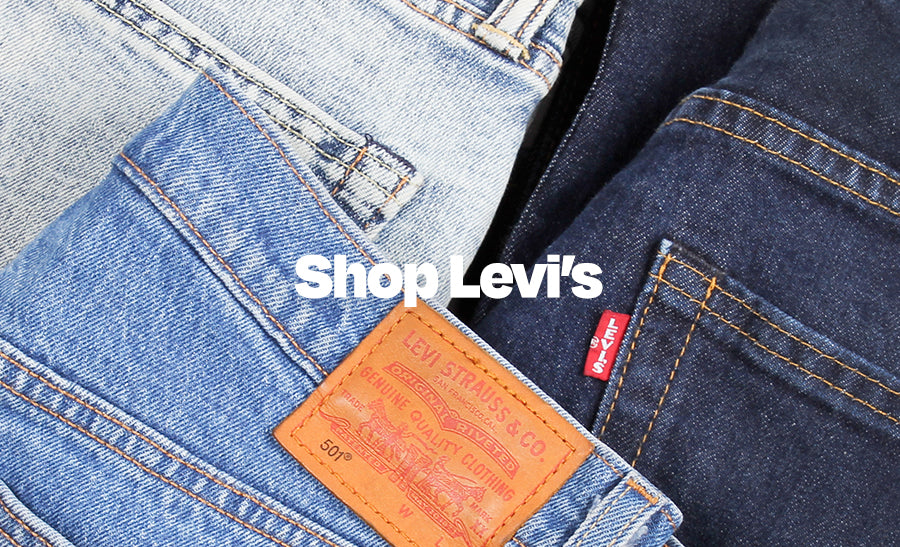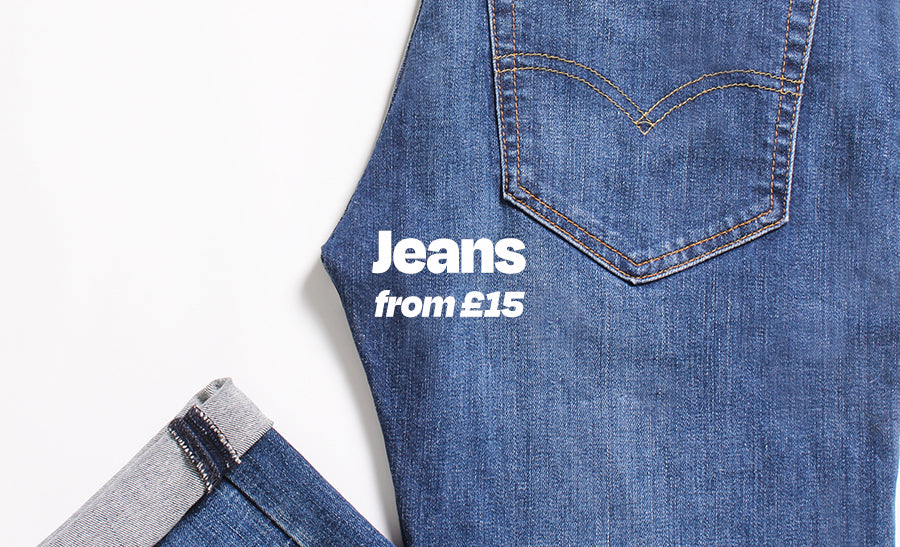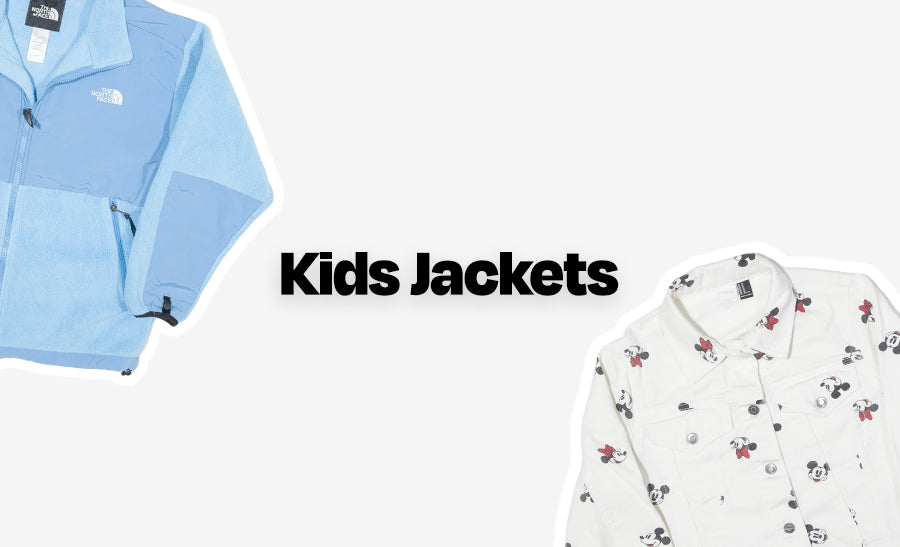The Hawaiian shirt. A staple piece in your dad’s wardrobe, I hear you say? Well, there’s a lot more to this stereotypically ‘dad chic’ garment than you might think. Let’s learn a bit more about the origins and history of this shirt and how it still finds its way into people’s wardrobes today.
There’s no specific date for when the Hawaiian Shirt started to be made, but it was probably around the 1920s/ 1930s when local Japanese women in Hawaii adapted the fabric used to make their kimonos in order to make men’s shirts. The Hawaiian Shirt, also known as the Aloha Shirt, then started to become popular among tourists in Hawaii and began to have great commercial success in North America in the mid-1930s.
But why did this pretty feminine shirt start to become so popular? To give a little historical context, this was also the time of the Great Depression in America, a time when men couldn’t be certain that they would have jobs and be able to be the breadwinners of their families. This in turn meant that men were trying to show their masculinity through their appearance, through a body-building physique more specifically. The irony of a floral shirt becoming the height of men’s fashion during a time when men were trying to be hyper-masculine is quite hysterical. However, the Hawaiian shirt was being worn by those who COULD afford to go to the Hawaiian Island associated with peace and tranquillity in such an economically uneasy time. This led to an influx of celebrities, such as three-time Olympic swimming champion Duke Kahanamoku and singer Bing Crosby, endorsing the shirts for the brands making them. The idea that the everyday man could wear the same shirt as those untroubled by the Depression became VERY popular, illustrated perfectly by this advert; “Not a shirt, a way of life.”

The shirt’s hometown of Hawaii did, unfortunately, lose its image of being a calm and quiet paradise with the Japanese attack on Pearl Harbour. The war also meant there was a brief break in the production of Hawaiian Shirts as all production was turned towards the war efforts. Once the war was over, however, the servicemen returning from the Pacific were all sporting the Aloha Shirts again. Instead of the traditional Japanese patterns of cherry blossom, the shirts were decorated with things associated with Hawaii such as palm trees and belly dancers.

By the 1960s you couldn’t escape the Hawaiian Shirt. Most workplaces had what was called “Aloha Fridays” (the same as ‘Dress-Down Fridays’ we have now, but with Hawaiian Shirts). Even Elvis was wearing them!

Over time, the Hawaiian Shirt did lose its momentum as being at the height of fashion as new trends came into play. Though you have to give it to the tropical shirt, it's never fully gone! Although they might now be known as “dad’s holiday shirts”, there are always big designers bringing them back to be a part of a summer collection. Gucci is currently selling a couple of Hawaiian shirts for the small sum of £600?! Dior also had them as part of a collection in the 90s which you can also find on the vintage market today. Celebs are still to this day being papped on holidays or at festivals in these iconic shirts. The truth is, there’s no getting rid of this historical shirt and its image of relaxation and escapism!














































































